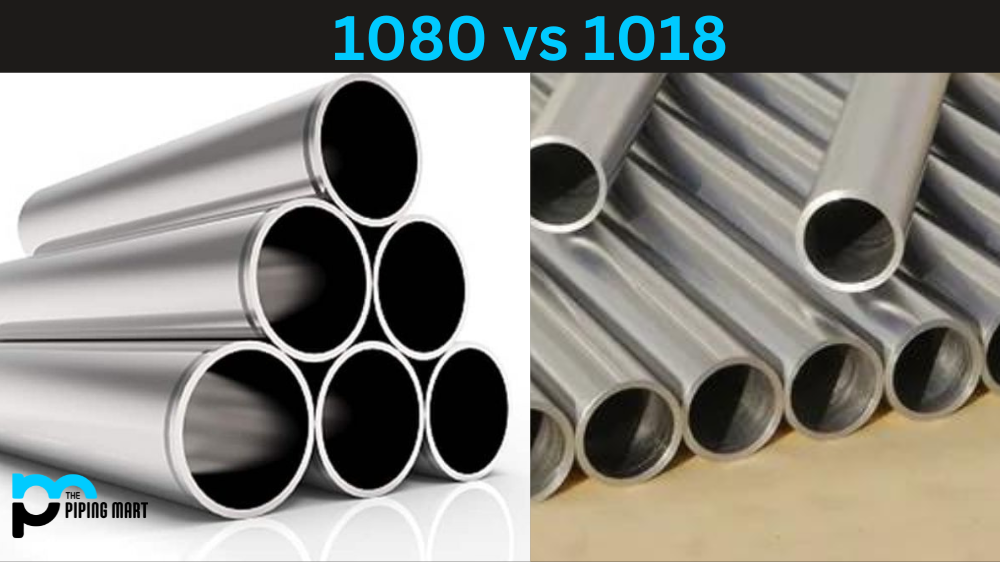Knowing the grade of stainless steel you are working with is important for a variety of reasons. Different grades have different properties, and knowing which grade you’re dealing with can help you choose the best material for your project. In this blog post, we’ll explore the different ways you can identify the grade of stainless steel so that you can make an informed decision when selecting materials.
The first step in identifying the grade of stainless steel is determining if it is ferritic, austenitic, or martensitic. The easiest way to do this is to use a magnet. Ferritic and martensitic grades will stick to a magnet, while austenitic grades will not. If it doesn’t stick to a magnet, then it’s most likely an austenitic grade (which is generally non-magnetic).
The next step is to perform a visual inspection. Different grades of stainless steel have distinct colours and finishes that can be used as an indicator of what grade they are. For example, Grade 304 stainless steel has a dull grey colour, while Grade 316L has a bright silver finish. This method is not always foolproof, however, as certain grades may look similar or have been treated with a coating that changes their appearance from what it would normally be.
Finally, professional laboratories can perform tests in order to determine the exact composition and grade of the stainless steel in question. These tests involve analyzing the chemical composition and mechanical properties, such as tensile strength and hardness, in order to accurately identify the material being tested. This method is accurate but also costly, so it should only be used when absolutely necessary.
Conclusion:
Identifying the grade of stainless steel you’re working with is an important step in any project involving this versatile material. By using methods like visual inspection and testing with magnets, you can quickly determine if your material is ferritic, austenitic or martensitic without having to resort to costly laboratory tests every time. With these methods at your disposal, you’ll be able to confidently choose the right material for your project every time!

Pipingmart is a B2B portal that specializes in metal, industrial and piping items. Additionally, we share the latest information and information about materials, products and various types of grades to assist businesses that are involved in this business.




